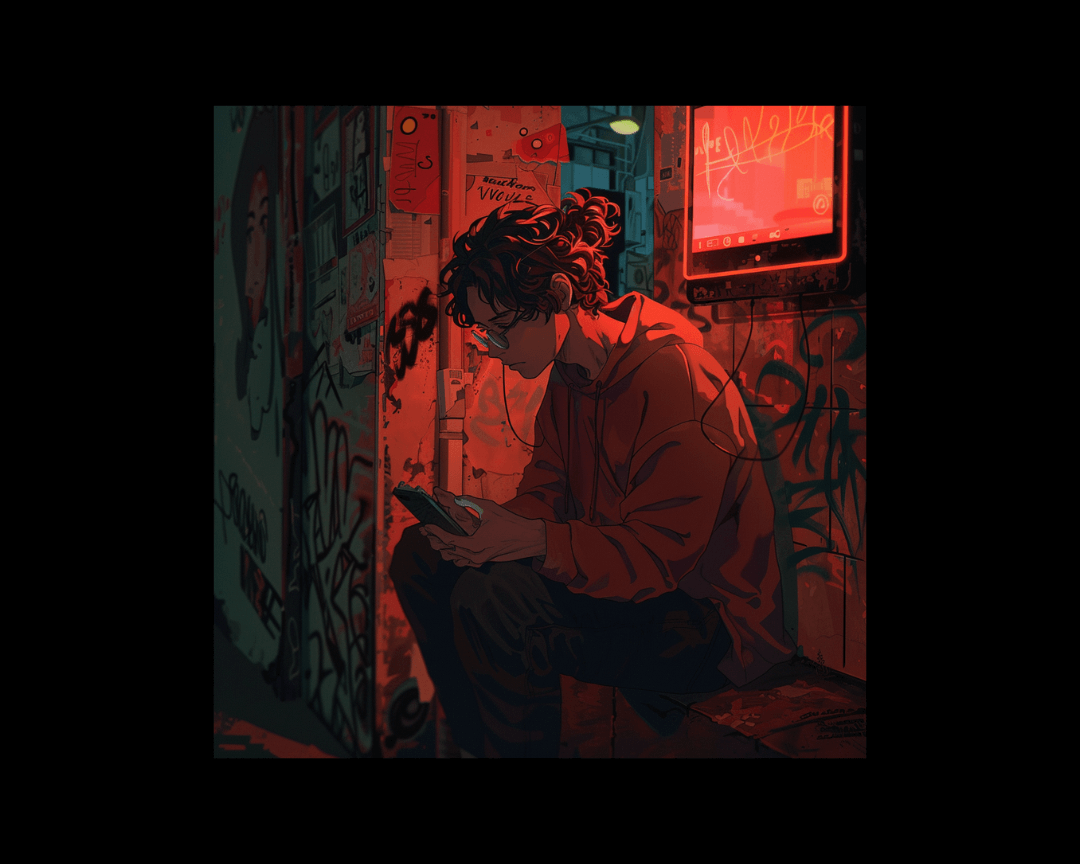TikTok Labels AI-Edited Content
TikTok, the popular short-form video platform, released a game-changing update: a new label that creators can apply to their content to indicate when...

Let's talk about alt text. Adding alt text to your social media posts isn't just some feel-good accessibility trend - it's a game-changer that can unlock a whole new audience for your content. An audience of over 7 MILLION people, to be exact.
So what is alt text, anyway? It's like a secret description attached to your posts, invisible to the eye but readable by screen reader devices. Essentially, it tells people what's going on in your images, even if they can't see them.
Let’s jump into it.
Look, we get it. You're busy cranking out content, trying to keep up with the algorithm, and praying to the engagement gods. The last thing on your mind is alt text.
But here's the thing: accessibility isn't just some nice-to-have bonus feature. It's a necessity. And when you ignore it, you're leaving money on the table.
Think about it. There are millions of people out there with vision impairments who use social media just like everyone else. They want to consume content, engage with brands, and buy stuff just like any other user. But if your posts are a hot mess of unreadable images and videos, you're basically slamming the door in their face.
On the flip side, when you take the time to add alt text and make your content accessible, you're opening yourself up to a whole new market. You're showing that inclusivity matters, and that kind of goodwill goes a long way.
Plus, let's be real—accessible content is just better content, period. When you're forced to think about how to describe your visuals clearly and concisely, you become a stronger communicator overall.
All right, so you're sold on the whole alt text thing. But how do you actually go about writing it?
The number one mistake people make with alt text? Overcomplicating it. They stuff it full of keywords, hashtags, photo credits, and irrelevant stuff. But the whole point of alt text is to describe what's actually in the image, not to cram in as much SEO juice as possible.
Keep it clear and to the point. Describe what you see using plain language. Pretend you're explaining the image to a friend who can't see it. What are the key details they need to know?
We get it. Emojis are great. They add personality, convey tone, and make your posts pop. But when it comes to alt text, those little guys are nothing but trouble.
Screen readers tend to read out every single emoji description, which can turn your nice, concise alt text into a hot mess real quick. Imagine trying to listen to a post that's just "smiley face, heart eyes, fire, 100" over and over again. No bueno.
Leave the emojis out of your alt text altogether. And if you absolutely must use them in your main post, put them at the end where they won't mess with the flow of the text.
We’re not saying SEO is completely irrelevant when it comes to alt text. Obviously, if you can naturally work in some keywords that help describe the image and encourage SEO, go for it.
But here’s the thing: alt text is, first and foremost, for accessibility, not search engines. So, if you're just stuffing it full of random keywords to boost your rankings, you're doing it wrong.
Instead, focus on writing alt text that's actually useful for people with vision impairments. Describe the image in a way that gives them the same context and information that a sighted user would get. If your keywords fit into that naturally, great. If not, don't sweat it.
When it comes to writing alt text, think like a journalist. Lead with the most important, attention-grabbing details first.
This can vary depending on the type of image. For a text-heavy graphic, you might want to write out the main message or headline first. However, describing the visual elements might take priority to give context to a meme or photo.
The title and main points are the most crucial part, so they come first. Make sense?
Alt text is a great start, but if you really want to make your content accessible, you have to take accessibility a step further, especially when it comes to video and audio posts.
For videos, that means adding captions so that people who are deaf or hard of hearing can follow along. But it's not just about accessibility - captions are useful for everyone. Maybe someone is watching your video in a loud environment, or they process information better by reading than listening.
Adding captions is a no-brainer, and plenty of tools and services are out there to help you do it.
But what about people with vision impairments? That's where audio descriptions come in. Essentially, it's an additional audio track that describes the critical visual elements of your video, like the setting, actions, and facial expressions.
Here's the deal, folks. Alt text is not optional anymore. It's a necessity if you want to create content that's truly inclusive and reaches the broadest possible audience.
So next time you're about to post that fire meme or thirst trap photo, take an extra minute to add some alt text. Describe what's in the image, keep it simple and jargon-free, and skip the keyword stuffing.
It might seem like a small thing, but trust me—it makes a big difference—not just for people with vision impairments but also for your brand's reputation and bottom line.
Accessibility is the future of social media. Don't get left behind because you were too lazy to write a few sentences. Do the work, show you care, and watch your engagement (and karma) soar.

TikTok, the popular short-form video platform, released a game-changing update: a new label that creators can apply to their content to indicate when...
%20(1).png)
Sorry advertisers, but Gen Z hates you.

3 min read
To ensure the success of your LinkedIn profile, whether for personal branding or business purposes, it's essential to track your LinkedIn...